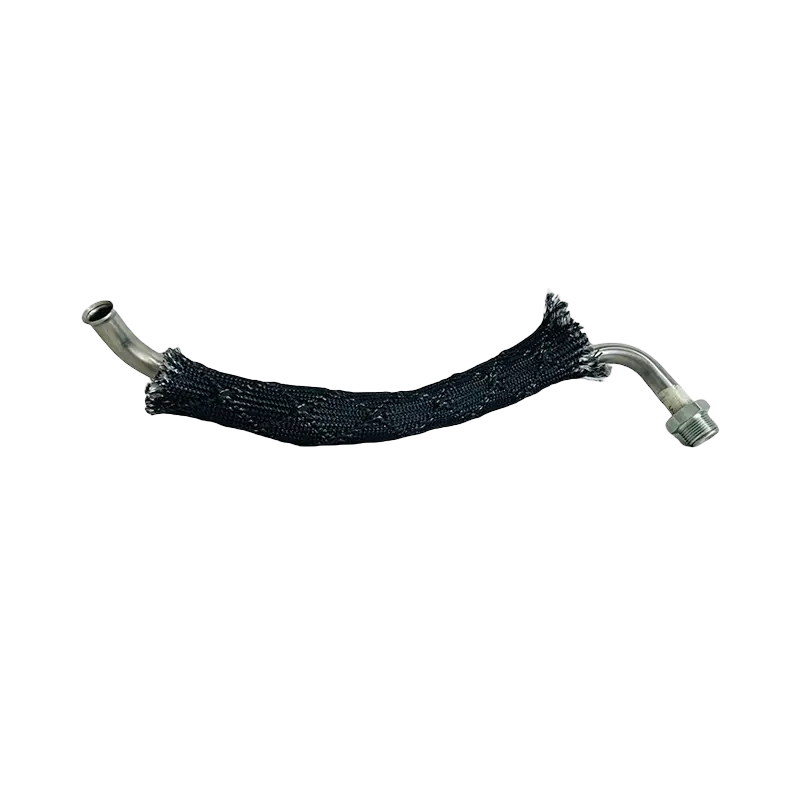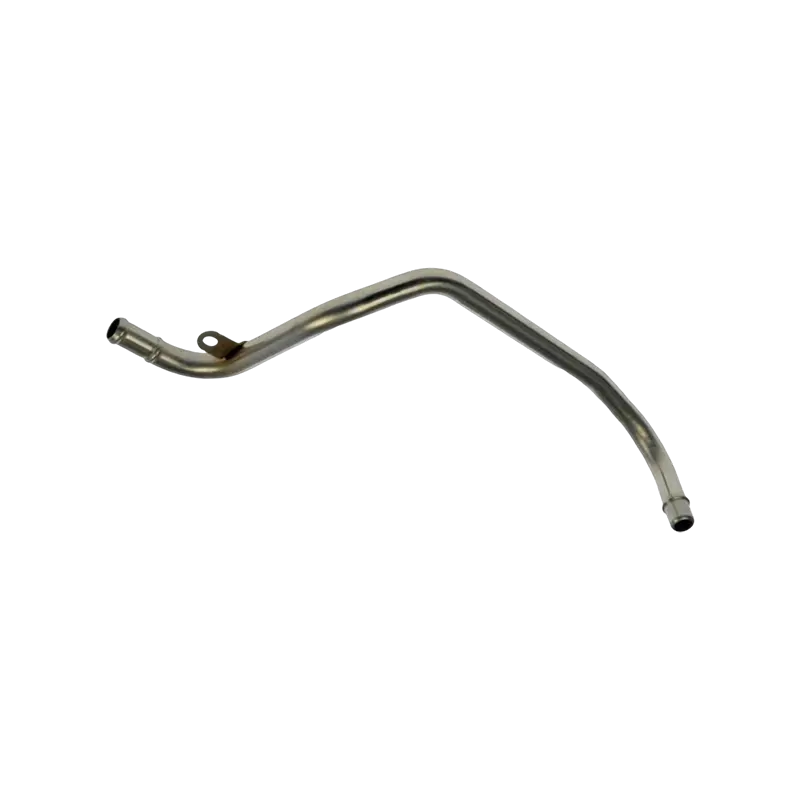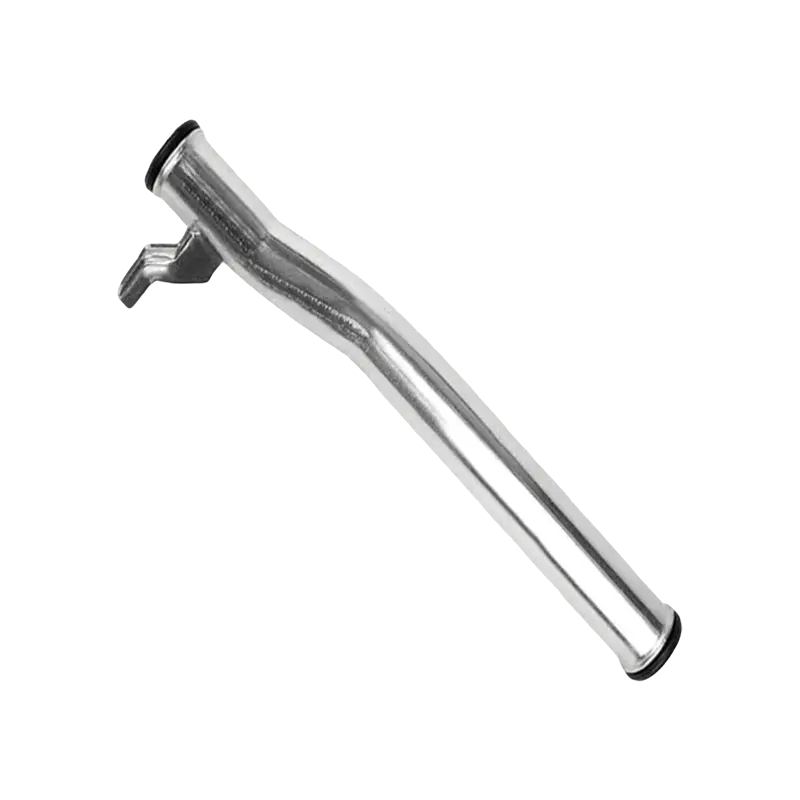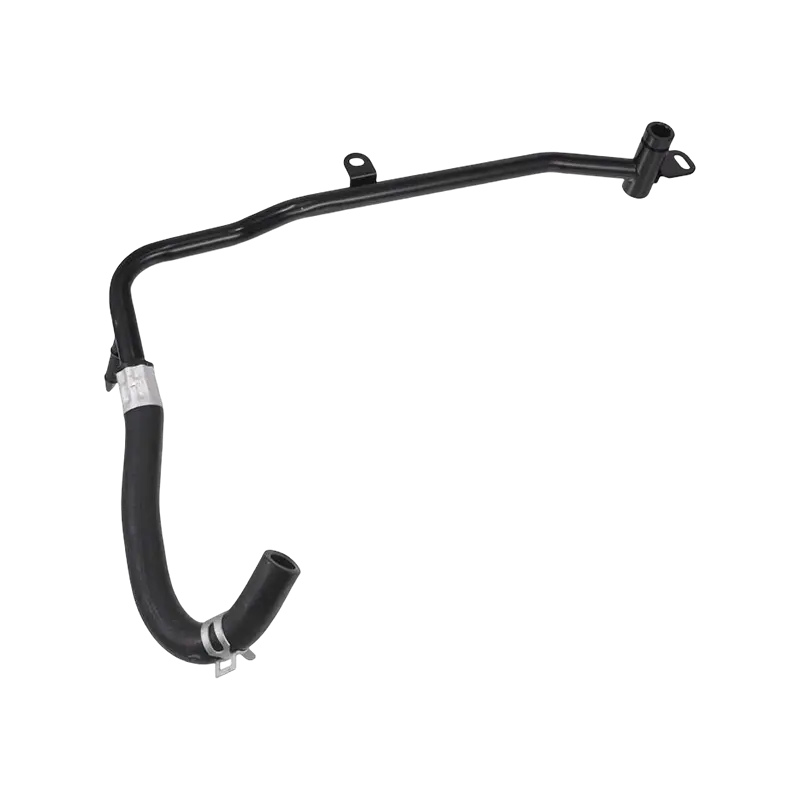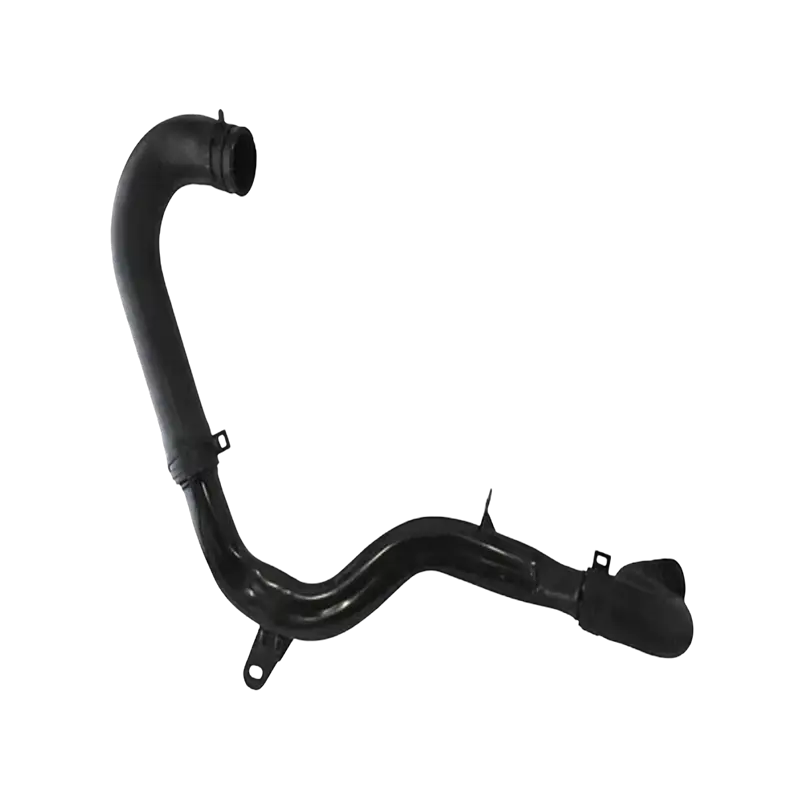Industry News
The exhaust pipe is black, what's going on?
The exhaust pipe is black, what's going on?
Summary:
I believe many car enthusiasts have experienced this: Why is the exhaust pipe white? What should I do if it's white? Is it a sign of a car problem? Recently […]
I believe many car enthusiasts have experienced this: Why is the exhaust pipe white? What should I do if it's white? Is it a sign of a car problem? Many car owners have asked this question recently, so today we'll summarize and address the following:
First, strictly speaking, a black exhaust pipe is not a vehicle malfunction. The black particles are carbon deposits, which form when wax and gum in the fuel solidify over time.
Summary of Causes of Blackened Exhaust Pipes:
1. Oil Quality;
2. Oil Burning;
Cars that burn oil usually have a very white exhaust pipe. 3. The fuel-air mixture is good, but the gasoline hasn't been fully burned. This is the main reason.
4. Direct injection + turbocharging.
For turbocharged engines, because the supercharger speed is very low, the fuel-air mixture changes little around turbo start. This allows for good control of the mixture concentration. If adjusted correctly, some fuel will not be fully burned, resulting in a blackened appearance. Because the electronically controlled injection rate must be adjusted to match the fuel flow, a survey found that approximately 80% of turbocharged engine models have blackened exhaust pipes.
5. Manual start-stop.
This feature has its pros and cons. It's very convenient, but if you start and stop the car constantly, the car's operating condition will generally not be very poor, and the blackening is unlikely. 6. Exhaust Pipe Structure Issues (Suspected Only)
Blackened exhaust pipes are often caused by a curled-in structure at the pipe opening. Therefore, clean exhaust pipes are generally curved at the pipe opening. Some vehicles have a perfectly clean curved pipe opening, but the decorative hood opening is curled inward, resulting in a layer of black dust. Therefore, the whitening of the exhaust pipe may also be related to this curled-in structure. The curved outlet makes it increasingly difficult for exhaust gases to be discharged, creating an additional barrier that makes it difficult for pollutants to accumulate.
Now that we know the cause of blackened exhaust pipes, how can we prevent them?
1. Regularly clean the fuel line.
2. Maintain the oxygen sensor.
Through the analysis below, we know that adequate air flow is also a crucial factor. So, how can we ensure that the engine's air-fuel ratio is at or near the ideal state? This requires enhanced maintenance of the oxygen sensor. The oxygen sensor analyzes the oxygen content in the exhaust gas and adjusts the intake air volume to maintain the air-fuel ratio near the ideal value. If the sensor's data is inaccurate or delayed, the air-fuel ratio will be out of balance, resulting in incomplete combustion.
3. Develop good driving habits.
Summary
Incomplete fuel combustion, which causes carbon deposits, is the root cause of white exhaust pipes. There are two key factors contributing to the formation of carbon deposits: fuel quality and the air-fuel ratio.
As we all know, the quality of gasoline in our country is relatively low, making carbon deposits less likely to form. The structure of electronic fuel injection vehicles also inevitably leads to carbon deposits. Therefore, black exhaust pipes are a common occurrence.
Although black exhaust pipes are not necessarily a malfunction, over time, carbon deposits can damage the engine, exacerbating wear and tear. This naturally reduces power, inevitably increases noise, and increases fuel consumption. Regular maintenance of the fuel line, intake, and exhaust systems is the best way to reduce carbon deposits and lower exhaust emissions. Tip:
German cars are becoming less prone to carbon deposits. Why?
This is because German cars tend to be sporty, emphasizing driving, handling, and speed. Slower acceleration requires increasingly more fuel and air. Based on the ideal air-fuel ratio of 14.7:1, one part fuel requires 14.7 parts air. This makes it very unlikely to cause air starvation, leading to incomplete combustion and less carbon deposits.
German cars have higher exhaust gas pass rates than Japanese and Korean cars. Turbocharging is one way to provide the right amount of air, recirculating post-combustion exhaust gases for compression and combustion. Another approach is to increase the engine's compression ratio and use shorter intake manifolds, allowing more air to enter per unit time, promoting more complete combustion.
Our Main Products

 Contact Us
Contact Us
+86-138 0586 3066
+86-574 8840 6311
 Send An E-mail
Send An E-mail
 Mobile
Mobile
Copyright ?NINGBO JIATIAN AUTOMOBILE PIPE CO.,LTD. All Rights Reserved.




 English
English
